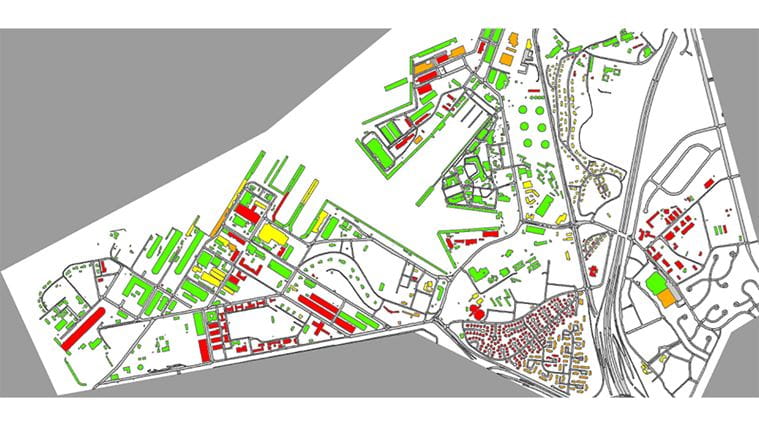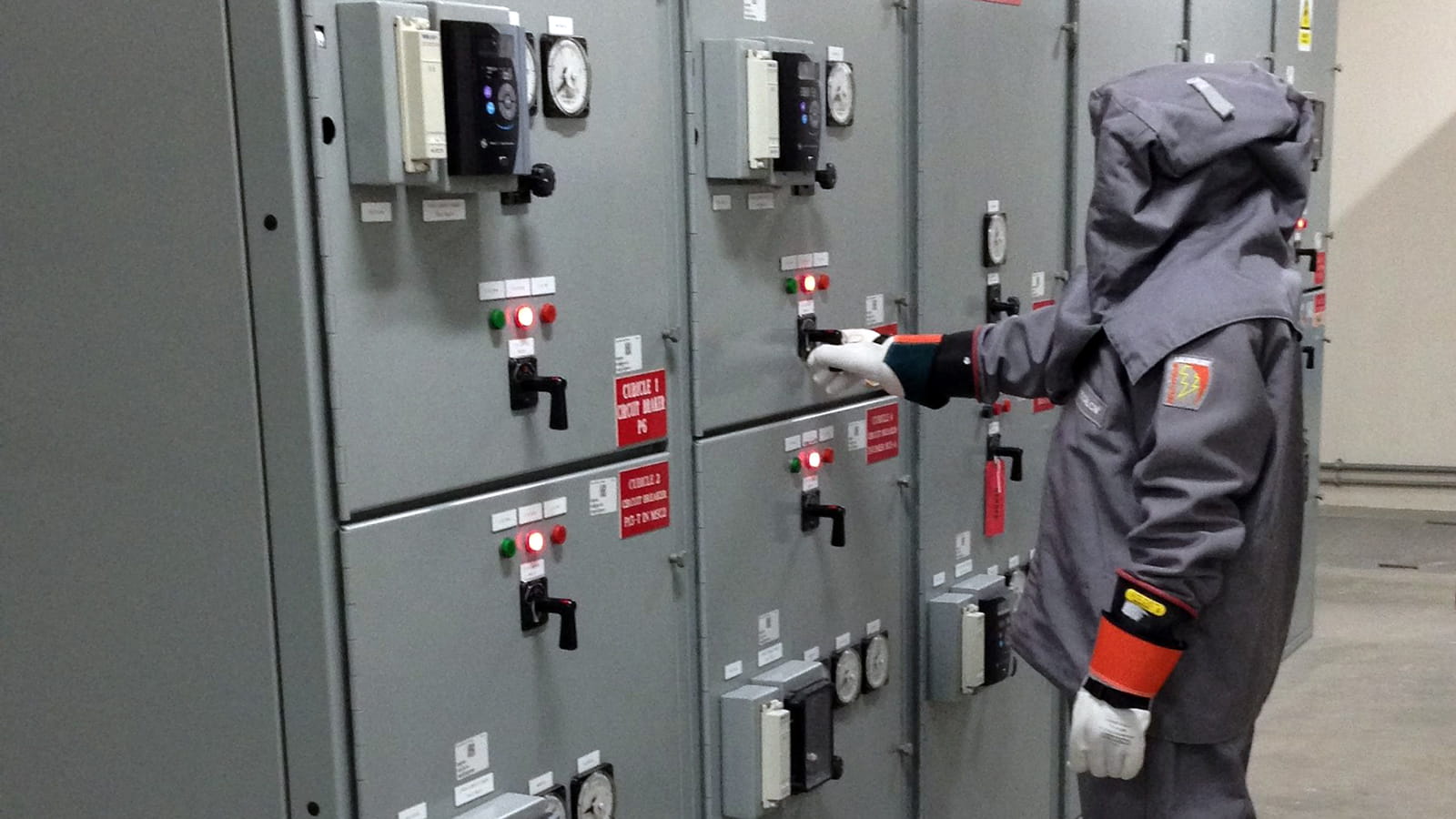Analytics Provide Insight for Electrical Reliability Improvements at Naval Facilities
Since 2009, CDM Smith has supported the Naval Facilities Engineering Command’s (NAVFAC’s) systemwide utilities asset management (AM) initiative, performing more than 50 task order assignments worldwide. The AM program is essential for achieving NAVFAC’s mission to “support the warfighter with safe, reliable, and cost-effective utility services.” As utilities infrastructure ages, more extensive maintenance and capital replacement projects are needed.
For our client base, CDM Smith has delivered
Responsive, equipped with technical expertise and ready to take on their challenges as our own, we have provided NAVFAC with utility inventory and condition assessments, in depth electrical analyses, trusted data and careful recommendations for improvements at over 65 installations worldwide. Through power studies, we collaborate with the installation’s onsite engineers to:
- depict an accurate state of the existing utility
- estimate foreseeable demand changes
- program future requirements for electrical system reliability
- improve the safety of the workers on the system
- recommend operational improvements
- assess the effectiveness of system protection
- provide guidance on system sustainment

By leveraging power system modeling and analysis, we're able to identify and address multiple critical aspects of the management and reliability of the electric utility system at Naval installations.

The nodal analysis model takes a unique approach for identifying deficiencies and allows us to confidently provide corrective actions for electric utility system readiness at Naval shipyards.
Master Plan Studies
With each unique situation, our team carefully considers the base’s needs and delivers the right remedy. At some installations, we have implemented comprehensive master plans, including power system analysis and arc flash risk assessments, to significantly increase system reliability, resiliency and safety. By conducting these innovative and detailed analyses, we are able identify deficiencies and recommend improvements that increase overall system performance.
Electrical Master Plan Study at Naval Support Activity, Bahrain
For this electrical master plan study, CDM Smith investigated, collected data and analyzed the existing utility system infrastructure and made helpful recommendations for NAVFAC to accommodate Naval Support Activity (NSA) Bahrain’s growth plans. As part of the master plan’s power system analysis, we analyzed power factor correction, short-circuit, protective device coordination, arc flash, load-flow and motor starting.
The results of this study provided NAVFAC and NSA Bahrain an understanding of the current-situation, and a complete power-system model that accounted for all planned future loads, and provided solutions to maximize utilization and efficiency of the electrical powers systems through 2025. CDM Smith prepared a total of 16 actionable recommendations to the Navy to improve the power factor at NSA Bahrain. Through our guidance, the Navy is expected to avoid future excess reactive-energy financial penalties from the local utility and to defer plans to construct a new substation, with an estimated cost of $25–50 million.
CDM Smith has worked with the U.S. Navy on master plan studies around the globe, including:
- Naval Support Activity Bahrain
- Naval Station Everett, Washington
- Naval Station Rota, Spain
- Naval Submarine Base Kings Bay, Georgia
- Naval Air Station Fort Worth, Texas
- Naval Station Norfolk, Virginia
Deep Dives
The nodal analysis model, or deep dive, combines a detailed electric system GIS dataset with risk and reliability inputs to help identify deficiencies. This approach allows us to make necessary corrective actions that ensure electric utility system readiness at Naval shipyards.
Electrical Deep Dive at the Portsmouth Naval Shipyard, Maine
Leading a deep dive on the electrical utility at Portsmouth Naval Shipyard, we provided an assessment of utility readiness that accounted for the variety of missions served, system configuration, asset condition, criticality, interdependency and reliability.
Our team leveraged authoritative data sets and cutting-edge processes to produce a framework that can be applied to additional utilities. We developed a GIS tool that enables spatial analysis of asset inventory and condition, risk, mitigations, projects, outages, critical customers, facility Mission Dependency Index and historic capital improvements. The designed tools and data sets allowed for future adoption into Navy information systems.
CDM Smith assembled an exemplary team of engineers, utility management consultants, and GIS mappers to support NAVFAC with an in-depth and short-fused utility assessment, performing their work on time and free of mistakes.
CDM Smith has partnered with the U.S. Navy on deep dive assignments at several locations, including:
- Norfolk Navy Shipyard, Virginia
- Pearl Harbor Naval Shipyard, Hawaii
- Bremerton Naval Shipyard, Washington
- Pensacola Naval Shipyard, Florida
- Navy Support Facility Indian Head, Maryland
Electrical Deep Dive at the Pearl Harbor Naval Shipyard, Hawaii
CDM Smith performed an electrical deep dive the Pearl Harbor Naval Shipyard to improve power system reliability at this mission-critical shipyard. We analyzed approximately 6,133 linear and nonlinear electrical assets during this process, including substations, transformers, switchgear and circuits. Historical customer-service tier information was mapped to show customer criticality in relation to the location of high-risk utility service assets identified in the spatial analysis. We then presented a summary of visualizations identifying the individual analysis elements used, conclusions and infrastructure recommendations to address the electric utility system deficiencies. Based on our recommendations, NAVFAC quickly implemented short- and long-term projects to reduce unplanned outages and increase utility readiness.













